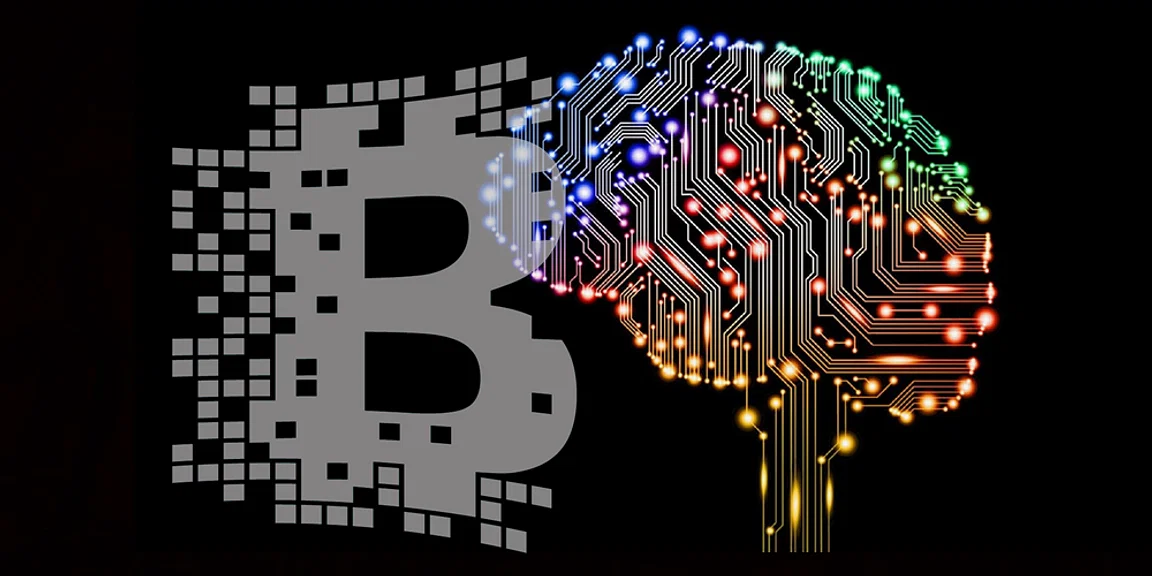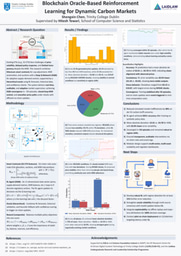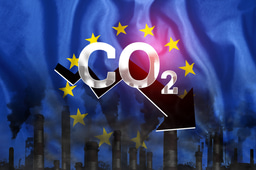Research Outline: Enabling data-driven carbon trading through blockchain and reinforcement learning

Project Background:
Markets often seem to have a life of their own. Prices rise and fall, sometimes smoothly, sometimes in wild swings. For carbon trading systems, which were designed to reduce emissions by putting a price on carbon, this unpredictability is a real problem. If prices crash, companies lose the incentive to decarbonise; if they spike without warning, industries face sudden economic shocks. Either way, the system stops working as intended.
My research asks whether modern digital tools can help the market behave more intelligently. The aim is to combine blockchain technology, reinforcement learning (RL), and real-time data oracles to build a system that can respond faster and more transparently to changing conditions.
The idea is straightforward. Blockchain provides the rules and record-keeping: every carbon credit allocation, trade, and policy adjustment is stored on an open, tamper-proof ledger. Reinforcement learning supplies the decision-making: instead of fixed formulas deciding when to add or remove credits from the market, an RL agent learns from simulated data how to keep prices stable while still meeting environmental goals. Finally, oracles deliver the real-world information: they bring in live emissions data, energy demand, and policy updates so that decisions are always made with the latest context.
Methodology:
The project develops in stages. First, the carbon market’s basic mechanics — allocations, trades, auctions, even the EU’s Market Stability Reserve rules — are coded into smart contracts. Next, an RL agent is trained on synthetic market data. It sees variables like current prices, supply-demand gaps, and volatility, then experiments with small adjustments to future credit supply. Over many rounds, it learns strategies that reduce price spikes without breaking long-term balance. The oracle layer ties everything together by feeding fresh data to both the blockchain and the learning agent, while filtering out anomalies and keeping track of data quality.
The goal is a working prototype where price updates proposed by the RL agent flow through the oracle to the blockchain, triggering transparent on-chain actions such as adjusting credit auctions or MSR interventions. This system will be compared to today’s rule-based approach, focusing on price stability, response speed, and robustness under stress tests like sudden demand shocks.
Outcomes:
If successful, this research will demonstrate how AI, cryptography, and decentralized infrastructure can work together in real time to create systems that are both adaptive and trustworthy. It will give me hands-on experience integrating blockchain, reinforcement learning, and real-time data oracles into a single adaptive system for carbon market regulation. I aim to develop skills in smart contract design, AI model training, and data-driven decision-making while building a prototype that improves price stability, transparency, and responsiveness compared to current mechanisms. In the long run, the research will deliver a scalable framework that could extend beyond carbon trading to other resource markets—such as energy, water, or climate adaptation funds—where stability, transparency, and speed are equally critical, while also strengthening both my technical expertise and research leadership abilities.



Please sign in
If you are a registered user on Laidlaw Scholars Network, please sign in